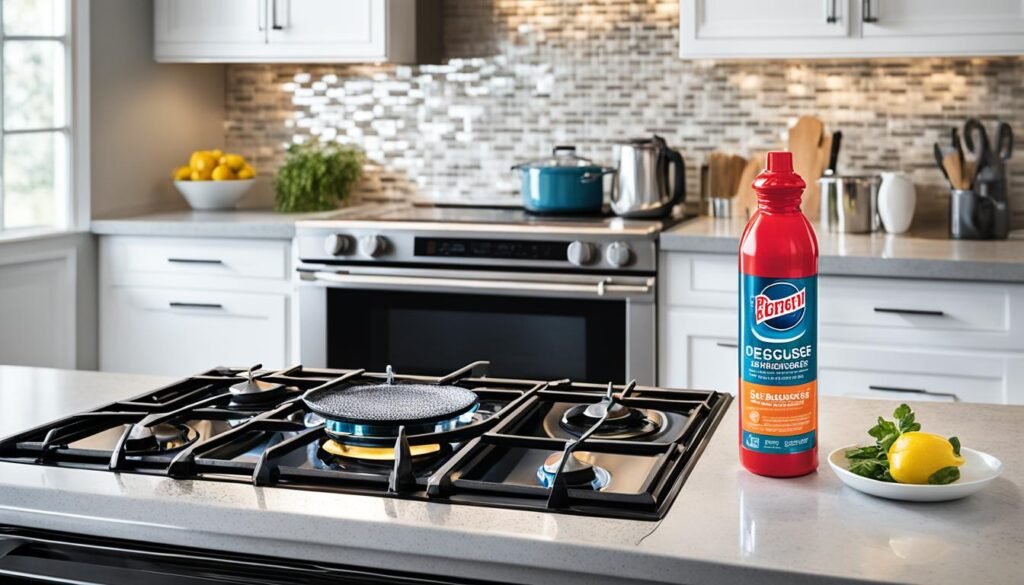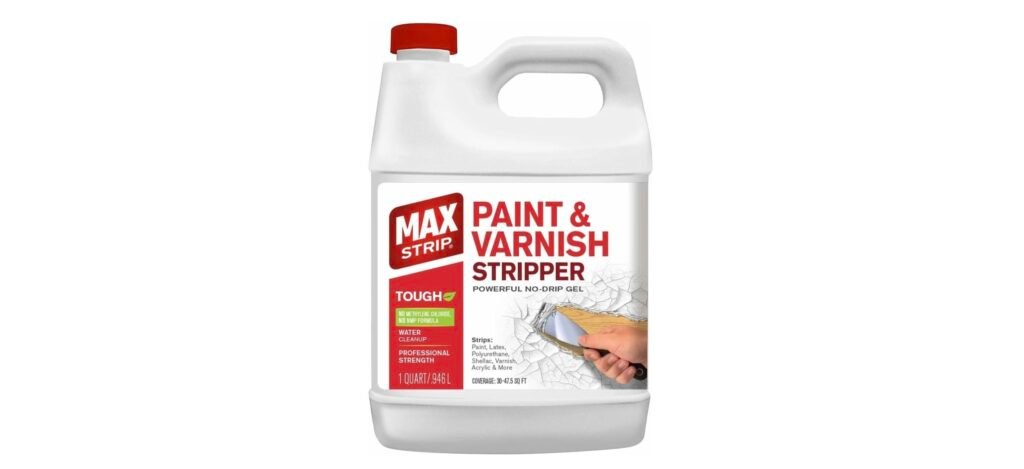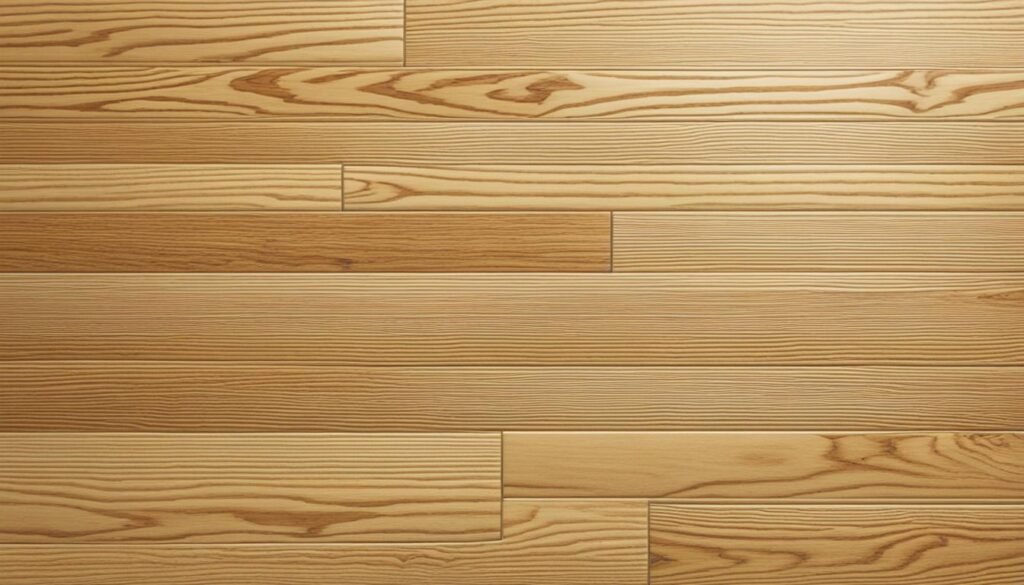Welcome to our guide on the best house plants for low light! If you have areas in your home that don’t get much natural light, don’t worry – there are plenty of beautiful and easy-to-care-for plants that can thrive in low-light conditions. Whether you’re a beginner or an experienced plant enthusiast, these low-light house plants will surely add a touch of green to your indoor spaces.
Low-light indoor plants are specifically adapted to survive in areas with minimal sunlight. They are perfect for rooms without large windows or spaces shaded by trees or adjacent buildings. Not only do they enhance the aesthetic appeal of your home, but these plants also offer a host of benefits, such as improving air quality and creating a soothing atmosphere.
So, let’s explore some of the best low-light plants that can transform your low-light spaces into vibrant and inviting areas!
Key Takeaways:
- Snake plants, rabbit foot ferns, prayer plants, parlor palms, and aglaonema are some of the best low-light house plants.
- These plants require minimal care and can thrive in low-light conditions.
- Low-light house plants offer a variety of benefits, such as improving air quality and adding a pop of color to your home.
- Consider these plants to enhance your home decor and create a cozy, green oasis in low-light spaces.
Large Snake Black Coral and Rabbit Foot Fern
Large Snake Black Coral and Rabbit Foot Fern are two low light tolerant plants that are perfect for beginners. These plants can add a touch of green to your home without requiring much effort or expertise in plant care.
The Large Snake Black Coral is a stunning plant with dark, sword-like leaves resembling a snake’s scales. It thrives in low light conditions and only needs to be watered every two to three weeks, making it an excellent low-maintenance option for beginners. However, it is essential to note that the Large Snake Black Coral is toxic to pets, so it should be kept out of their reach.
On the other hand, the Rabbit Foot Fern is a beautiful and safe option for pet owners. Its delicate, feathery fronds and furry rhizomes resembling a rabbit’s foot add a unique touch to any space. This plant thrives in indirect light and should be watered once a week. It is a popular choice for bathrooms with windows, as it can withstand the humidity in these areas.
The Large Snake Black Coral and Rabbit Foot Fern are excellent low-light houseplants for beginners. They bring beauty and greenery to your home without requiring extensive care or plant knowledge. Whether you have limited natural light or are new to indoor gardening, these plants will thrive in low-light conditions.
American Plant Exchange 30″ Live Prayer Plant Plant in Pot and Parlor Palm
The American Plant Exchange 30″ Live Prayer Plant Plant in Pot and Parlor Palm are great options for low-light environments. These plants add beauty to your space and thrive in low light conditions, making them perfect for areas with limited natural light.
American Plant Exchange 30″ Live Prayer Plant Plant in Pot
The American Plant Exchange prayer plant is a stunning choice for low-light space. This plant gets its name from its unique leaves that open and close as the sun rises and sets, making it a captivating addition to any room. In addition to its visual appeal, the prayer plant is pet-friendly and improves air quality, making it an excellent choice for homes with furry friends. To keep this plant healthy, it should be watered every two weeks.
Parlor Palm
The parlor palm, also known as the Victorian parlor palm, is another excellent option for low-light environments. This low-maintenance plant can thrive in medium light but survive in lower-light areas. Its compact size and attractive foliage make it a popular choice for indoor spaces. The parlor palm is pet-friendly and requires watering every one to two weeks, making it easy to care for and perfect for busy plant enthusiasts.

The American Plant Exchange prayer plant and the parlor palm are beautiful choices to add greenery and life to your low-light space. These plants thrive in low light conditions and provide various benefits, such as improving air quality and creating a calming atmosphere. These plants will flourish and beautify your home with proper care and attention.
The Sill Aglaonema Wishes and 9GreenBox Lucky Bamboo
The Sill Aglaonema Wishes and 9GreenBox Lucky Bamboo are standout choices regarding low-light house plant options. Both plants offer unique features and can thrive in environments with limited natural light.
The Sill Aglaonema Wishes is renowned for its durability and ability to flourish in low-light conditions. This indoor plant is perfect for those seeking a hassle-free option that can withstand less-than-ideal lighting. It can grow in artificial light, making it versatile for any indoor space. The best part? The Sill Aglaonema Wishes must only be fertilized once or twice a year, making it deficient maintenance. However, it is essential to note that this plant is toxic to cats, dogs, and horses, so take precautions if you have pets.
On the other hand, 9GreenBox Lucky Bamboo is a beautiful addition to any low-light space and symbolizes good luck and fortune. This plant thrives in light shade and indirect sunlight, making it an ideal choice for areas with limited natural light. Not only does 9GreenBox Lucky Bamboo bring a touch of nature indoors, but it also acts as a natural air purifier, improving the air quality of your home. While it is toxic to pets, you can still enjoy the benefits of 9GreenBox Lucky Bamboo by placing it out of reach to keep your furry friends safe.
Add The Sill Aglaonema Wishes or 9GreenBox Lucky Bamboo to your low-light space for greenery and unique features to enhance your indoor environment.
Brighter Blooms Benjamina Ficus Tree and Costa Farms Bromeliad Plant
Brighter Blooms, Benjamina Ficus Tree, and Costa Farms Bromeliad Plant are excellent choices for low-light house plants. These plants offer unique characteristics that make them a great addition to any indoor space.
The Benjamina Ficus Tree, offered by Brighter Blooms, is a fast-growing tree that can bring life and vibrancy to your room. It thrives in bright, indirect light, making it a perfect fit for low-light environments. This ficus tree requires watering two to three times a week to keep it healthy and happy. However, it’s essential to remember that the Benjamina Ficus Tree is toxic to pets, so proper precautions should be taken if you have furry friends at home.
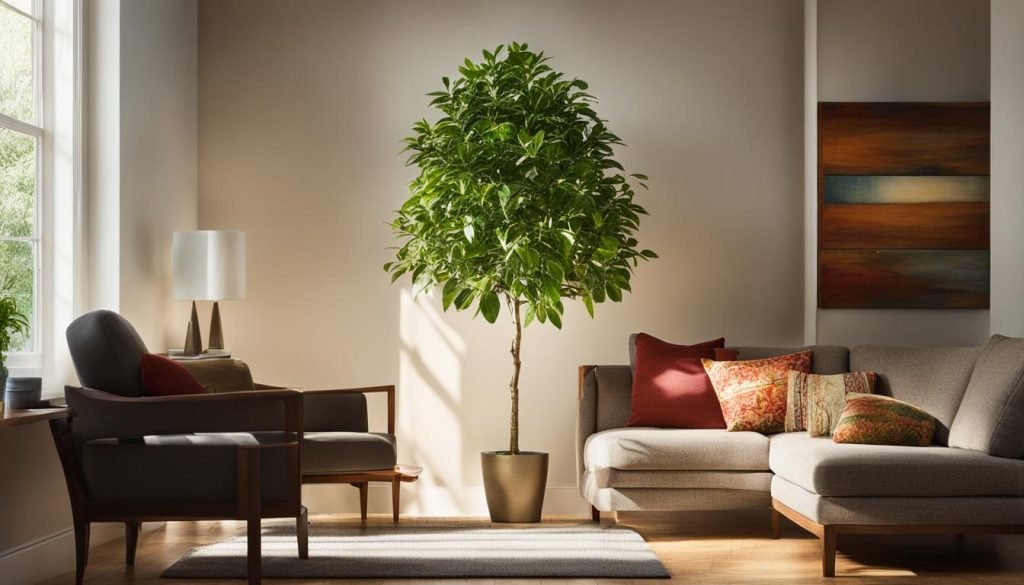
The Costa Farms Bromeliad Plant is another top choice for low-light situations. This tropical plant is known for its ability to survive on fluorescent light alone, making it an excellent option for areas with minimal natural light. The Costa Farms Bromeliad Plant thrives in bright, indirect light conditions, adding a touch of color and elegance to any room. Not only does it serve as a beautiful decor piece, but it also acts as a natural air purifier, improving the air quality in your home. Moreover, this bromeliad plant is safe for pets, providing peace of mind for pet owners.
Comparison Table: Brighter Blooms Benjamina Ficus Tree vs. Costa Farms Bromeliad Plant
| Brighter Blooms Benjamina Ficus Tree | Costa Farms Bromeliad Plant |
|---|---|
| Thrive in bright, indirect light | Survive on fluorescent light alone |
| Require watering 2-3 times a week | N/A |
| Fast-growing | N/A |
| Toxic to pets | Pet-friendly |
| N/A | It acts as a natural air purifier |
The table shows that the Brighter Blooms Benjamina Ficus Tree and the Costa Farms Bromeliad Plant have distinct advantages. While the ficus tree requires regular watering and is toxic to pets, it offers rapid growth and thrives in bright, indirect light. On the other hand, the bromeliad plant can survive under fluorescent light alone, eliminates the need for frequent watering, and is safe for pets. Consider your specific preferences and requirements to choose the perfect low-light house plant for your home.
Conclusion
Low-light tolerant plants offer a fantastic solution for bringing lush greenery into your home, even with limited natural light. Snake plants, rabbit foot ferns, prayer plants, parlor palms, and aglaonema are some of the best low-light house plants available. The best part is that these plants require minimal care and can thrive in low-light conditions, making them perfect for beginners and experienced plant lovers.
Incorporating these low-light house plants into your home decor allows you to transform any low-light space into a cozy, green oasis. Not only do these plants add a touch of nature to your surroundings, but they also come with a range of benefits. They improve the air quality in your home, adding freshness to your indoor environment. These low-light plants are a great way to infuse color and life into any room.
Low-light tolerant plants are the way to go if you want to brighten a corner of your living room or add some greenery to your office space. They provide an easy and convenient way to enjoy the beauty of nature without the need for excessive maintenance or sunlight. With their ability to thrive in low-light conditions, these plants are the perfect solution for brightening your home and creating a serene atmosphere.
FAQ
What are the best houseplants for low light?
Some of the best low-light house plants include snake plants, rabbit foot ferns, prayer plants, parlor palms, and aglaonema.
How often should I water snake plants?
Snake plants only need to be watered every six to eight weeks.
How often should I water rabbit foot ferns?
Rabbit foot ferns should be watered once a week.
Are prayer plants pet-friendly?
Yes, prayer plants are pet-friendly.
How often should I water prayer plants?
Prayer plants should be watered every two weeks.
Are parlor palms low maintenance?
Yes, parlor palms are low maintenance.
How often should I water parlor palms?
Parlor palms should be watered every one to two weeks.
Can aglaonema grow in artificial light?
Aglaonema can grow in artificial light and does well in dry air.
How often should I water aglaonema?
Aglaonema only needs to be watered every two to three weeks.
Which low-light tolerant plants are perfect for beginners?
Large Snake Black Coral and Rabbit Foot Fern are two low light tolerant plants that are perfect for beginners.
How often should I water Large Snakes and black Coral?
Large Snake Black Coral must only be watered every two to three weeks.
Is Rabbit Foot Fern safe for pets?
Yes, Rabbit Foot Fern is safe for pets.
How often should I water Rabbit Foot Fern?
Rabbit Foot Fern should be watered once a week.
Tell me about the American Plant Exchange Prayer Plant Plant in Pot.
The American Plant Exchange 30″ Live Prayer Plant in Pot is pet-friendly and should be watered every two weeks.
How often should I water the Parlor Palm?
The Parlor Palm should be watered every one to two weeks and is pet friendly.
What makes The Sill Aglaonema Wishes unique?
The Sill Aglaonema Wishes is one of the most durable indoor plants and can grow in artificial light. It must only be fertilized once or twice a year, but it is toxic to cats, dogs, and horses.
What are the features of 9GreenBox Lucky Bamboo?
9GreenBox Lucky Bamboo brings good luck and fortune. It thrives in light shade and indirect sunlight, acts as a natural air purifier, and is toxic to pets.
Can the Benjamina Ficus Tree survive in low light conditions?
The Benjamina Ficus Tree thrives in bright, indirect light but can survive in lower light areas. It should be watered two to three times a week, but it is toxic to pets.
Is the Costa Farms Bromeliad Plant pet-friendly?
The Costa Farms Bromeliad Plant is pet-friendly and can survive on fluorescent light alone. It acts as a natural air purifier.
Why should I choose plants that tolerate low light?
Low-light tolerant plants are an excellent choice for adding greenery to low-light spaces. They require minimal care and can thrive in low-light conditions.
Author
-
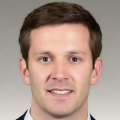
Hey there! I'm Andrew Reed, and I live for the thrill of writing reviews. Dive into my world at bestfordaily.com, where I unpack stories behind products and experiences. I'm all about sharing my unique take on things, infusing each review with my youthful enthusiasm and a dash of social flair. Join me on this exciting journey—I promise you won't just read reviews; you'll experience them!
View all posts

